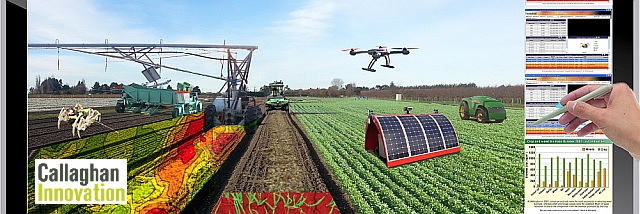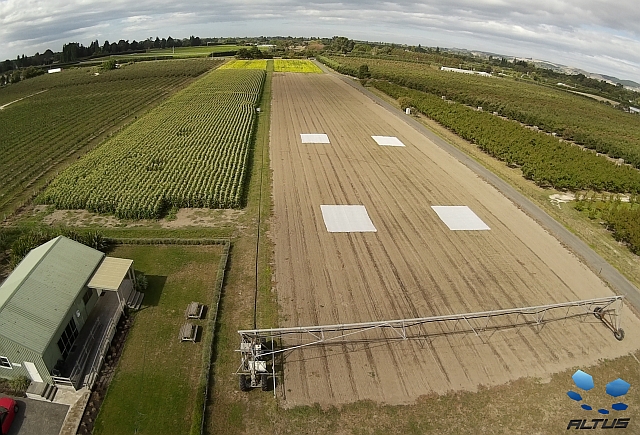LandWISE 2015 Presenter, John Chapman
 John Chapman is the Product Specialist for seeding and cultivation equipment at Power Farming.
John Chapman is the Product Specialist for seeding and cultivation equipment at Power Farming.
John spent 15 years managing farms in Suffolk and Norfolk in the UK after graduating with an MSc in Farm Management.
His experience with rotations involving many different crops involved many cultivation techniques, as well as a wide range of cultivators and drills to achieve quality seed beds and successful crop establishment in all sorts of conditions and soil types.
Success from precision planting does not come from one or two well made decisions but from a whole host of factors that come together to produce a successful crop.
It is critical to check all areas where the seed drops from to the point where it hits the ground that there are no points at which the seed may catch or have its trajectory affected.
Ensure that seed plates are clean and free from any grooving that has occurred. Badly grooved seed plates have the potential to be distorted and loose vacuum. The seed needs to be of the optimum quality to singulate well. Even size and condition is essential. Seed size directly relates to the seed plate chosen.
Forward speed is where in most cases the wheels fall off the wagon. Forward speed has a direct correlation to spacing through the planter’s ability to cope with the speed.
Although drilling depth is of vital importance for even seed germination and emergence it will be affected by the soil conditions, forward speed, varying conditions across the paddock and the state of the coulters.

 Cheryl McCarthy is a researcher at the National Centre for Engineering in Agriculture, University of Southern Queensland based in Toowoomba.
Cheryl McCarthy is a researcher at the National Centre for Engineering in Agriculture, University of Southern Queensland based in Toowoomba.


























 ASL software, (LandWISE Yield Estimation software) and apps for pipfruit and irrigation industries) have developed a ground cover measurement tool. We used it to map MicroFarm onion crop canopies and found good correlation with final yields.
ASL software, (LandWISE Yield Estimation software) and apps for pipfruit and irrigation industries) have developed a ground cover measurement tool. We used it to map MicroFarm onion crop canopies and found good correlation with final yields.